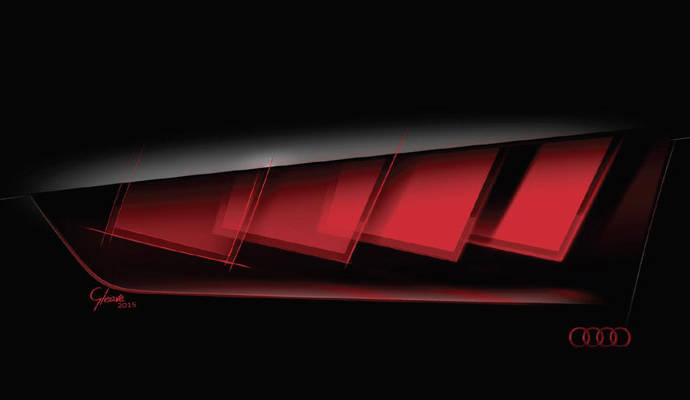Audi will try to innovate the way cars signal their way through the night in the future. The Ingolstadt-based manufacturer will offer not only laser technology for its front headlights of the car, but also Matrix OLED taillights and signal lights.
Matrix OLED lights are a perfect synthesis of high-tech engineering and design – initial projects are currently underway to implement OLED technology in production rear lights. They are being shown for the first time in a concept car at this year IAA Frankfurt Motor Show.
In each Organic Light Emitting Diode or OLED unit, two electrodes – of which at least one must be transparent – incorporate numerous thin layers of organic semiconductor materials. A low DC voltage – between three and four volts – activates the layers, each of which is less than one‑thousandth of a millimetre thick, to light them. The colour is based on the molecular composition of the light source.
In contrast to point light sources – such as LEDs – which are made of semiconductor crystals, OLEDs are flat light sources. Their light attains a new level of homogeneity, and its dimming is continuously variable. The lights do not cast any shadows and do not require any reflectors, light guides or similar optical components – and this makes the OLED units efficient and lightweight. In addition, they hardly need any cooling.
Another benefit of OLEDs is that they can be subdivided into small segments that can be controlled at different brightness levels. In addition, different colours and transparent OLED units will be possible. This enables new lighting scenarios with extremely fast switchover times.

29 Jul 2015
0


